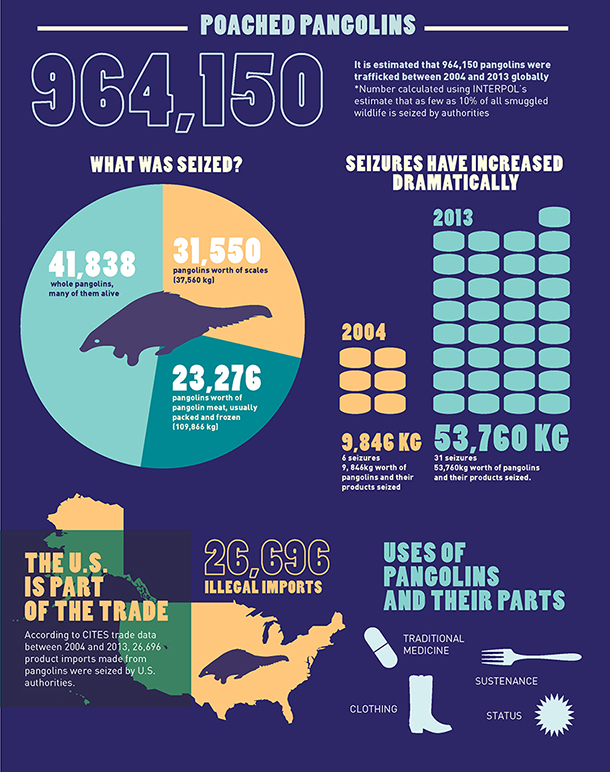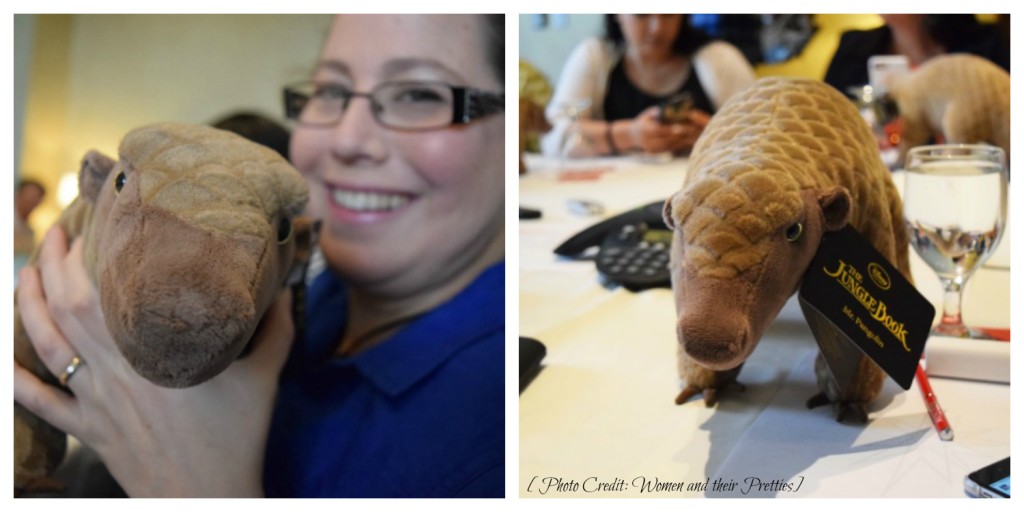I have always loved animals – most species anyway. In high school, I was fortunate enough to volunteer as an educator at a local zoo. That was a career I had dreamed of pursuing – but unfortunately, the medical side of it was beyond my comfort level. So, I focused on studying their fascinating behavior instead.
My daughter, like most children, loves animals too! She especially enjoys the obscure ones that only a few people are familiar with. She relishes teaching ‘big kids’ at any opportunity she can create by quizzing them: ‘What is your favorite fox? Mine is the fennec fox. You don’t know the fennec fox? It is…’ and the lecture begins.
You can imagine my delight when I found out that my LA The Jungle Book Blogger Event included an interview with an animal conservationist, who worked with Jon Favreau on The Jungle Book!
[Video credit: © Disney. All rights reserved.]
What did you think of that video clip? Director Jon Favreau did an amazing job creating this lush and realistic habitat and their residents for our adventure with Mowgli in the jungle. [Find out how he accomplished that in our interview: “Exclusive Jungle Book Interview: Jon Favreau and Neel Sethi“]. You will be drawn into that world from the first flicker of the movie on the screen. Just from this clip, you can see how working with experts in their field can come together to produce a quality piece of work.
Jeff Flocken is the North American Regional Director of International Fund for Animal Welfare (IFAW) in Washington, D.C. He leads a team of legislative professionals advocating for US policy initiatives on wildlife conservation and animal welfare. His work addresses improving government involvement with wildlife conservation and animal welfare issues within the U.S. and internationally. Our interview focused on one special animal who makes an appearance in The Jungle Book. [See if you can spot him in the movie!]

International Fund for Animal Welfare | 290 Summer Street, Yarmouth Port, MA 02675 | USA
IFAW is a 501(c)3 nonprofit organization.
Copyright 2016 | Website privacy statement
Terms of use
Do you know what this animal is? It is not an aardvark. It is not an anteater. And it is definitely NOT an artichoke.
Let me introduce you to the PANGOLIN. Pangolins are solitary, primarily nocturnal animals, who are easily recognized by their full armor of scales. This unique, scale-covered mammal with long, sticky, tongues will curl into a protective (and nearly impenetrable) ball when threatened, which is extremely effective against large predators including lions and other big cats.
Mostly nocturnal and solitary, these shy mammals don’t normally make the front page of National Geographic. Nevertheless, pangolins are the most illegally poached mammal in the world – more than rhinos and elephants combined! Scientists have estimated that over one million pangolins have been poached from the wild and illegally traded in the past decade.
These mammals have been too delicate to breed or maintain in captivity, which has added to their decreasing population. Also called scaly anteaters because of their preferred diet, pangolins are increasingly victims of illegal wildlife crime—mainly in Asia and in growing amounts in Africa—for their meat and scales. We learned that all eight pangolin species are protected under national and international laws, and two are listed as Critically Endangered on the IUCN Red List of Threatened Species.
Please help us raise awareness about this awful situation. IFAW is trying to increase legal protections for these amazing animals on both international and national levels. In June 2015, IFAW helped organize and facilitate the first ever Pangolin Range State Meeting in Da Nang, Viet Nam, and toured Viet Nam’s only pangolin rehabilitation center.
In July 2015, IFAW co-authored a petition to list all eight pangolin species as Endangered under the U.S Endangered Species Act. In October 2015, they advocated for increased international protection at the first ever African Pangolin Working Group meeting South Africa.
IFAW will be working tirelessly to advocate for greater international protections at key global conferences including the IUCN World Congress in September and the CITES Conference of Parties in in October.
Other Pangolin Links:

![[Photo credit: © Shutterstock]](http://www.debtfreespending.com/wp-content/uploads/2016/04/shutterstock_215851909.jpg)


Leave a Reply